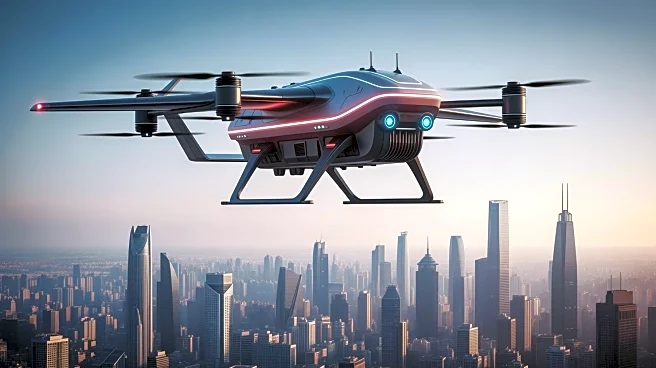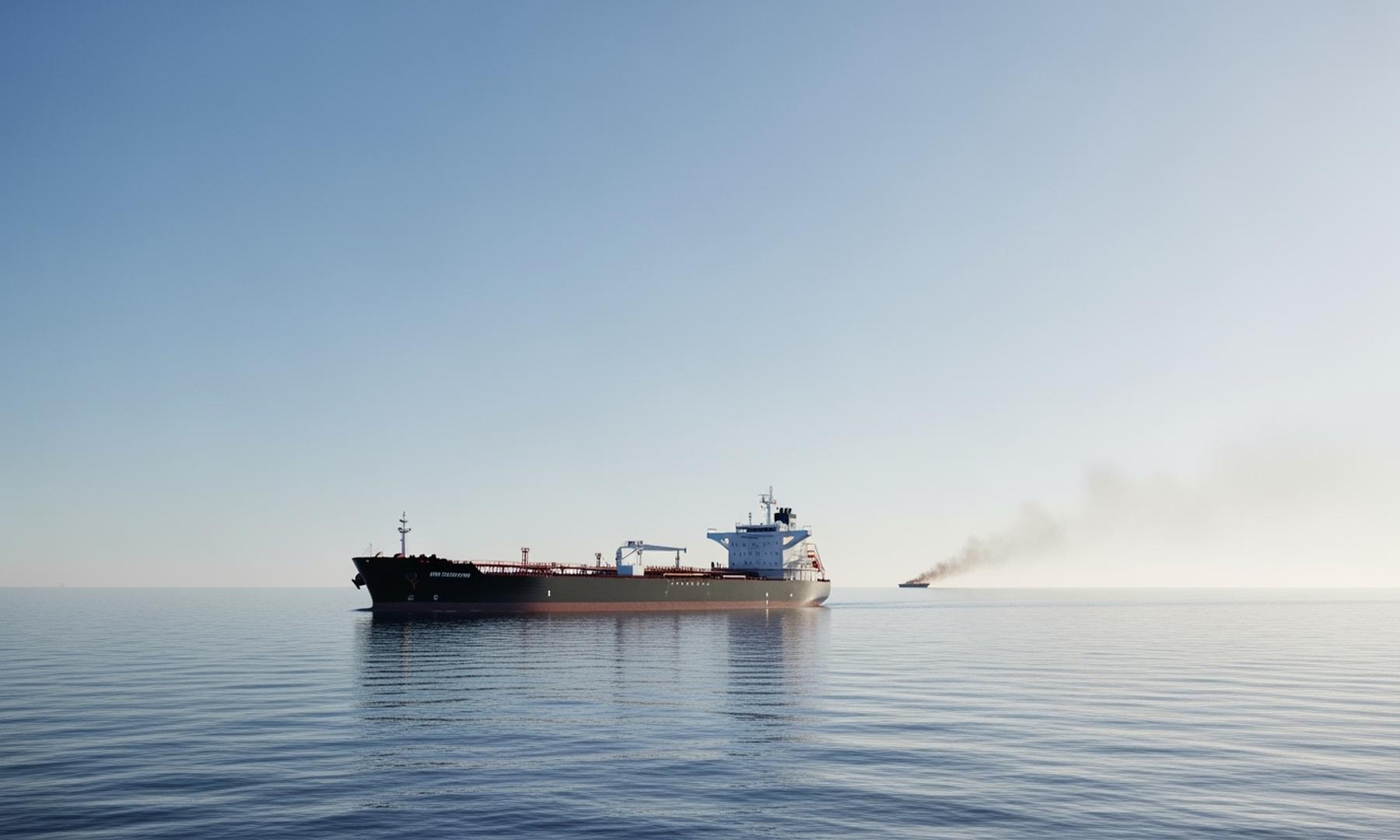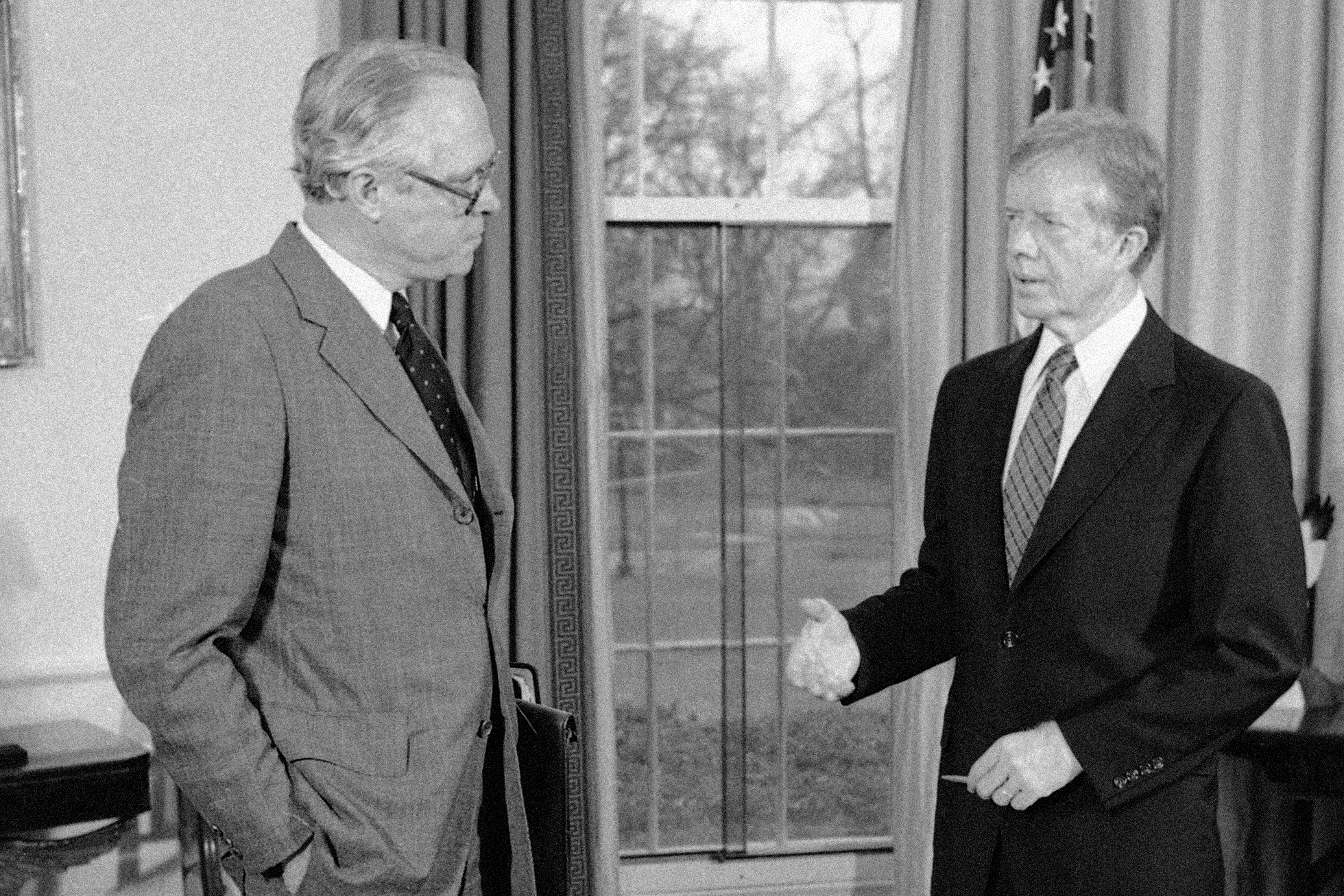What's Happening?
Airbus has announced a significant expansion in the global fleet of freighter aircraft, projecting a 45% increase by 2040. This growth will bring the total number of freighters to 3,420, driven by the long-term rise in global trade. The expansion will include
815 existing freighters and 2,605 new aircraft, with 1,530 of these serving as replacements and 1,075 designated for growth. The majority of these new deliveries will be concentrated in North America and the Asia-Pacific region, which together will account for nearly two-thirds of the new freighters. Airbus emphasizes the critical role of air cargo in supporting economies, connecting remote communities, and facilitating the transport of essential goods.
Why It's Important?
The projected growth in the freighter fleet underscores the increasing importance of air cargo in the global economy. As trade continues to expand, the demand for efficient and reliable transportation of goods is expected to rise, benefiting industries reliant on fast logistics. This expansion could lead to increased business opportunities for companies involved in aircraft manufacturing, maintenance, and logistics services. Additionally, regions like North America and Asia-Pacific, which are set to receive the majority of new freighters, may experience economic boosts from enhanced trade capabilities. The growth in air cargo capacity is also crucial for supporting local businesses and ensuring the timely delivery of life-critical goods.
What's Next?
As Airbus moves forward with its expansion plans, stakeholders in the aviation and logistics sectors will likely monitor developments closely. Airlines may begin strategizing to incorporate new freighters into their fleets, while logistics companies could explore partnerships to leverage increased cargo capacity. Regulatory bodies might also assess the environmental impact of fleet expansion, potentially influencing future policies on emissions and sustainability. The anticipated growth in air cargo could prompt further investments in airport infrastructure and technology to accommodate the increased volume of goods being transported by air.















